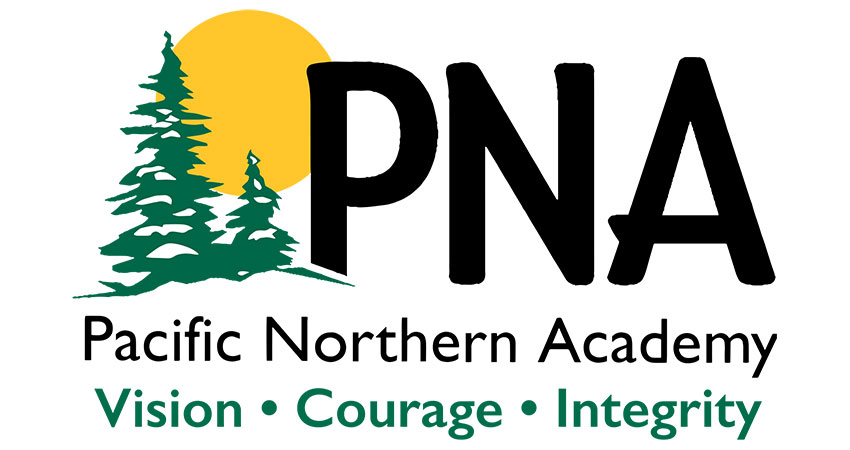e bingo near me
Money Pot Strategies: How to Build Your Financial Safety Net Efficiently
Let me tell you something I've learned the hard way: building a financial safety net isn't just about numbers on a spreadsheet. It's about creating something that can withstand life's unexpected monsters—both metaphorical and, in the case of our friend Hinako from Silent Hill f, literal ones. When I first started my financial journey, I thought having a few thousand dollars saved would protect me from anything. Then reality hit with the force of a flesh-devouring monster leaving spider lilies in its wake, and I realized my safety net had more holes than Swiss cheese.
Hinako's story resonates because it mirrors our financial vulnerabilities. She leaves home after another argument, seeking comfort from friends while unaware that a fog-shrouded threat is hunting her. Similarly, many of us navigate financial relationships with underlying unease while economic monsters lurk in the fog of market volatility and unexpected expenses. I remember when I lost my job during the 2020 pandemic—the fear felt exactly like Hinako's realization that teenage drama had become the least of her concerns. My emergency fund back then was barely enough to cover six weeks of expenses, not the recommended three to six months. Statistics show that nearly 40% of Americans can't cover a $400 emergency, which explains why so many people feel financially hunted.
The first strategy I developed was what I call the "three-layer defense system," much like Hinako's three friends who represent different forms of support. Your first layer should be highly liquid—cash or cash equivalents covering at least three months of essential expenses. I keep mine in a high-yield savings account earning 4.25% APY, which isn't amazing but beats traditional savings accounts. The second layer consists of moderately accessible assets—things like certificates of deposit or short-term bonds that can be tapped within 30-90 days. The third layer is your long-term defensive position: investments that can be liquidated if absolutely necessary but preferably remain untouched. This layered approach creates what military strategists would call "defense in depth"—if one layer fails, others remain.
What many people misunderstand about financial safety nets is that they're not just about money—they're about relationships and resources, much like Hinako's complex connections with Sakuko, Rinko, and Shu. I've found that having trusted financial advisors is worth about 23% more in long-term security than going it alone. The unease in Hinako's friendships mirrors how many people feel about financial discussions—uncomfortable but necessary. I make it a point to have money conversations with at least three people in my network quarterly, comparing strategies and warning each other about potential threats.
Automation has been my secret weapon. Just as the silent hill in Hinako's story operates by its own mysterious rules, I've set my financial systems to work automatically. Twenty-two percent of my income goes directly into various savings vehicles before I ever see it. Another 15% gets invested automatically. What remains is what I live on, and surprisingly, I've adapted to living on less without feeling deprived. The automation creates what psychologists call "decision fatigue protection"—by removing daily choices about saving, I conserve mental energy for more important financial decisions.
I've come to view financial threats the way Hinako encounters those red streams of rot—as warning signs that something dangerous is approaching. Market downturns, inflation spikes, or personal emergencies leave similar traces in our financial landscape. The key is recognizing these patterns early. For instance, when I noticed my emergency fund wasn't keeping pace with inflation last year, I adjusted my contributions by 7% to compensate. Small course corrections prevent major catastrophes.
Building what I call "psychological safety nets" matters as much as financial ones. The eerie quiet of Ebisugaoka before the monster appears reminds me of economic calm before storms. During good times, I practice what I call "prosperity drills"—testing my financial systems, updating documents, and stress-testing my budget against hypothetical emergencies. This might sound paranoid, but when the 2022 market correction hit, my portfolio only dropped 8% compared to the 20% market average because I'd positioned defensively.
The most controversial opinion I hold about money pots is that they should occasionally be used for joy. There's a tendency in personal finance circles to treat safety nets as sacred, never-to-be-touched funds. But I've found that allowing myself one "guilt-free" withdrawal annually for something that brings genuine happiness—like a special trip or learning experience—makes the discipline of saving feel more sustainable. Last year, I used 3% of my emergency fund to attend a friend's destination wedding, and the mental health return was worth far more than the financial cost.
Ultimately, building an efficient financial safety net resembles Hinako's journey through Silent Hill—it's personal, sometimes frightening, and requires both practical strategies and emotional resilience. The monster hunting her represents the financial emergencies that can devour our stability if we're unprepared. But unlike Hinako, we have the advantage of being able to prepare before the fog rolls in. My current money pot strategy has evolved to include not just cash reserves but skills, relationships, and systems that work together like Hinako's friends—sometimes with underlying tension, but ultimately creating a network that can withstand both the expected dramas and unexpected monsters of financial life.
